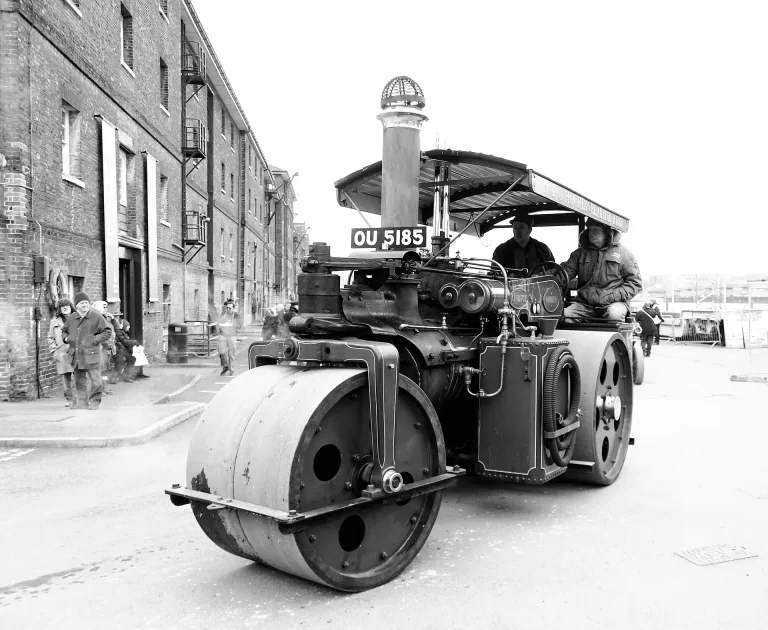The red light reflex is the opposite of the green light reflex and is common to all living beings with a spine.
It serves as a defense against sudden change or danger. In the event of a sudden loud bang or rumble, the front of the body’s muscles is activated and contracted. The abdominal muscle shortens, and the chest muscles tense up, pulling the head forward, the internal thigh muscles tense, and the pressure on the bladder increases. With the red light constantly on, the posture becomes old, leaning forward, with a hump and a chicken neck. Prolonged activated reflex causes shallow breathing, arrhythmia, asthma, hemorrhoids, flat feet, migraines, ringing in the ears, digestive and metabolic problems, pain in the shoulders, hips, knees, and feet, feelings of lethargy, sadness, depression, and tension, and fatigue.
Anxiety, fear, depression, caution, humility, excessive criticism of oneself and others, a lack of confidence, avoiding decision-making, feeling cramped, a predisposition to sit, and chronic fatigue are typical characteristics of people with excessive subconscious activation of the red light reflex. They see problems as bigger than they are. Such a person is quiet or excessively loud, holds their head slightly forward, their chest is compressed, breathing shallow and fast. He feels anxiety and fear even when there is nothing to be afraid of; he is pale and without energy. He takes short steps while walking, looking tired, slow, and cautious. Over the years, he is slowly becoming hunchbacked.
An example of a strong red light reflex.









